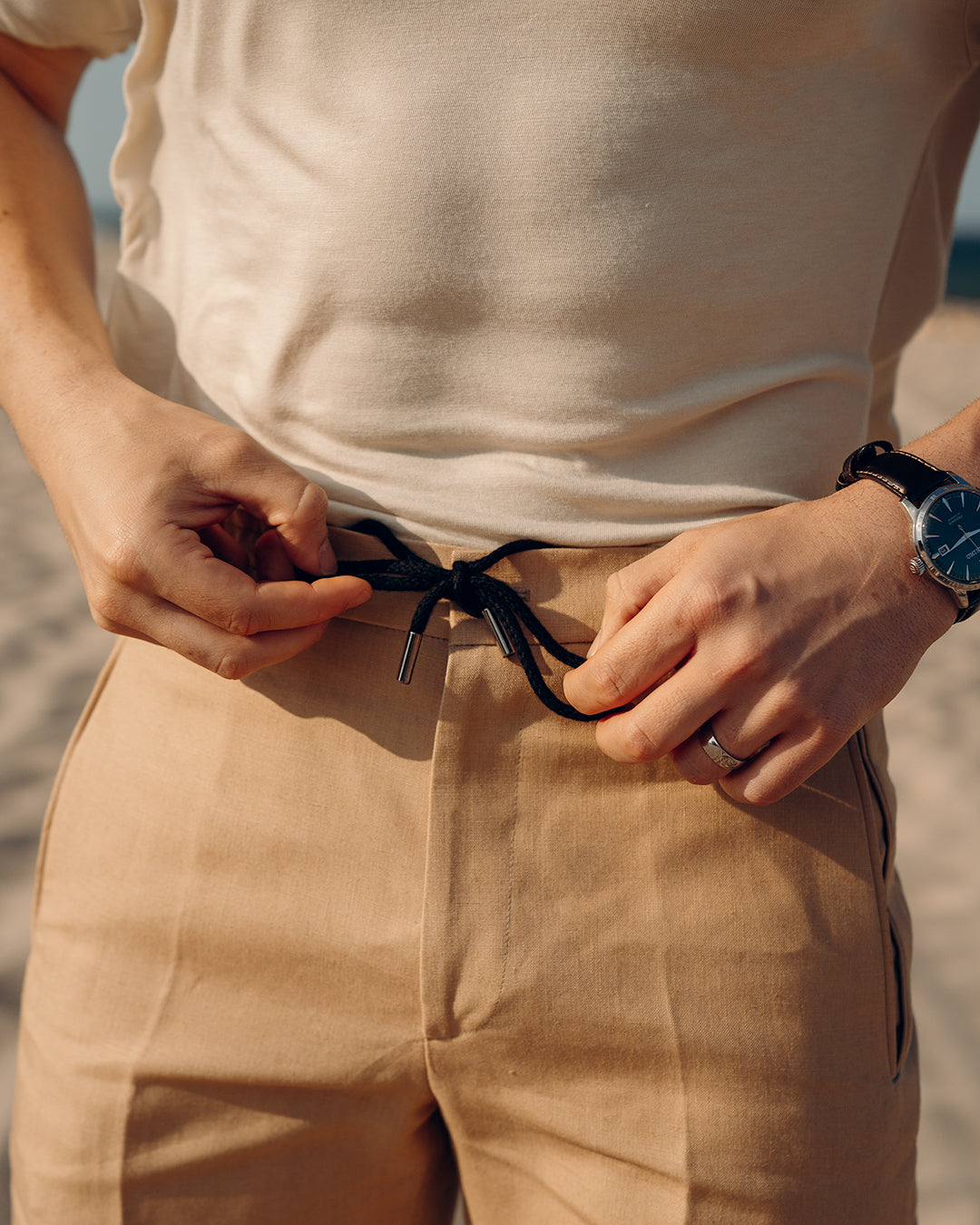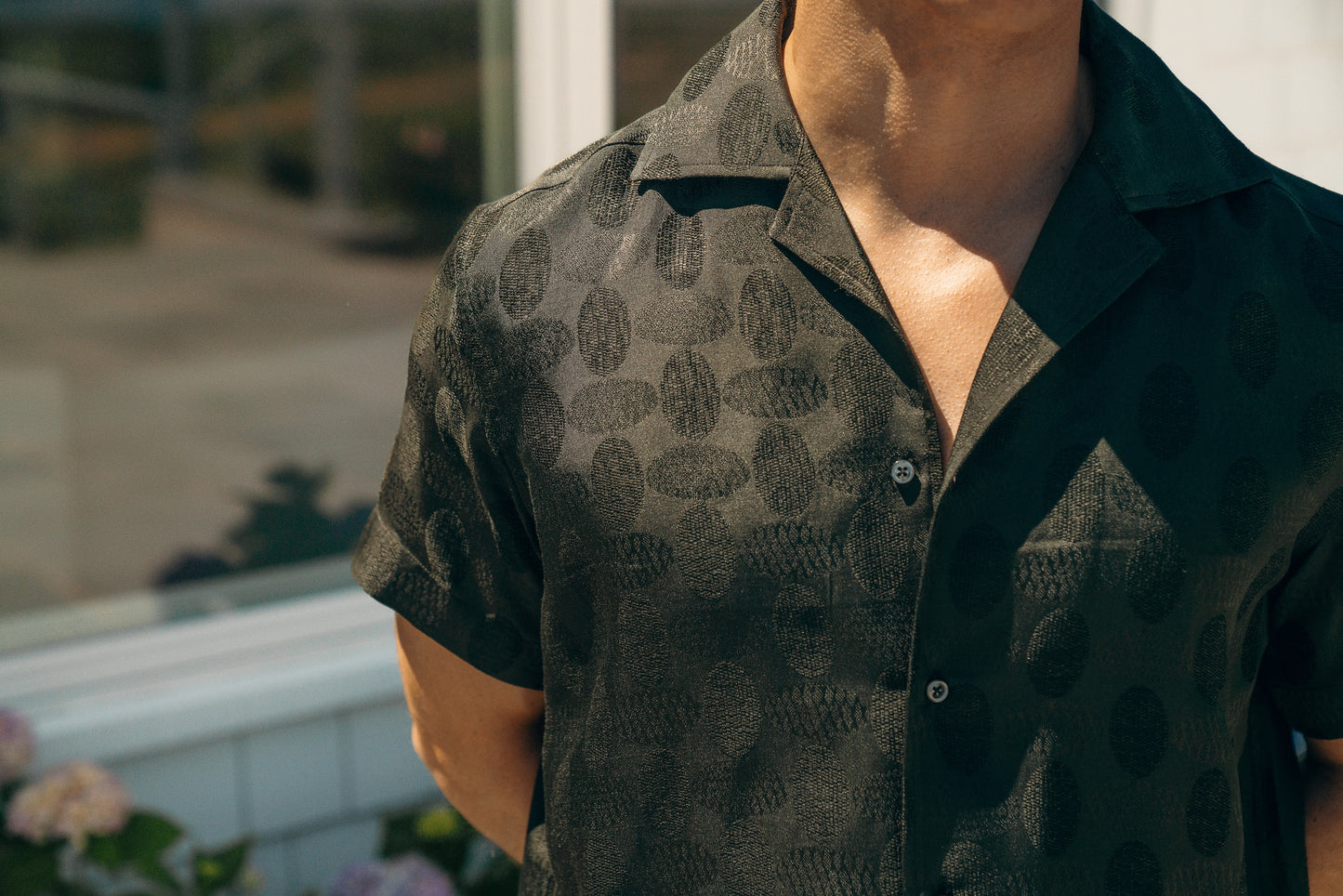Ties...
Some of us choose to wear them. Some of us are required to wear them. Most of us don't wear them at all.
Some of us love them. Some of us hate them. Most of us don't care about them.
Interestingly, for a word that suggests universality, “ties,” people's opinions of them are anything but universal. Furthermore, ties are an everyday part of some people's lives but don't play any role in others' lives. One could even go so far as to say that the ties more often untie than tie.
But even though ties aren't universal, there is a special sort of tie that is universal. Universally beautiful and if not that, most certainly worthy of everyone's appreciation. That tie is: the handmade tie.
The Handmade Tie
The handmade tie is often thought of as the “rich uncle” of the tie family. It attracts attention and opens doors, but it also has the most demands, requires the most care, only shows up on very special occasions, and is generally unapproachable.
While there are elements of truth to this characterization, it isn't entirely fair and it's often based on little or incorrect information. Plus, who knows, unlike your rich uncle, if you learn more about the handmade tie, you might even appreciate it.
But before we continue, let's caveat the discussion by mentioning that like any garment of clothing and/or accessory, the quality of a handmade tie is not universal. The quality of a handmade tie can vary. But, a we're talking about high quality, handmade ties and these ties are works of art.
What makes them special?
Quite simply: everything. Starting with the fabric.
Handmade ties are rare and the fabric used, while not necessarily rare, is of the highest quality. Tiemakers typically reserve the finest raw silks, often British and Italian, for their handmade ties and upon receiving these raw silks, tiemakers unroll and examine them, checking for flaws before beginning a long process that culminates with a handmade tie.
After satisfactory inspection of the raw silks, these silks are treated and dyed in a process that takes ~8 hours. Meticulous tiemakers then inspect this newly dyed silk to ensure that the dye has produced a consistent, equal color throughout the fabric.
The newly dyed and inspected silks are subsequently sent to a cutter, who cuts the dyed silks in preparation for making the tie. The cutting process varies from tiemaker to tiemaker as well as based on the number of folds that each tie will have. Typically, the higher the number of folds, the more silk used and the fewer the number of ties made from that square of silk.
A standard, nice, everyday tie might be a three-fold tie while the height of luxury is the seven-fold, unlined tie. These ties are rare and though they will not be as wrinkle resistant as their lined tie equivalent (i.e. a seven-fold lined tie), what they lack in wrinkle resistance they make up for in detail and time spent making it. These ties are made by hand with seven actual folds of silk. No interlining or tipping. The folding process alone is 3+ hours for these ties.
After the cutting process, the front (blade) and back (tail) of the tie are then tipped. In the tipping process, a partial lining is handsewn to the back of the tie, most often in the same material as the rest of the tie. This is known as self tipping.
The front, back, and neck of the tie are then joined together by hand and slipped before being folded. The folding process, as discussed above, is a 2-4 hour process, depending on the number of folds of the tie.
The newly folded tie is then slip stitched in a manner that holds everything together. This slip stitch requires extraordinary skill as the stitch needs to remain loose to allow for movement yet must also join the sides of the silk, the tip, and the lining (if the tie is lined), while leaving the front of the tie unharmed. Furthermore, it must be completely invisible to the naked eye from the back of the tie.
Finally, the slip is secured with a bar tack at the back of the tie, which leaves excess thread inside the tie much also ensures that regardless of the degree in which the tie is abused (twisted, stretched, etc.), it will return to its original shape after being hung and left to recover.
The product of this laborious process: a handmade tie that hopefully everyone can appreciate.
X


